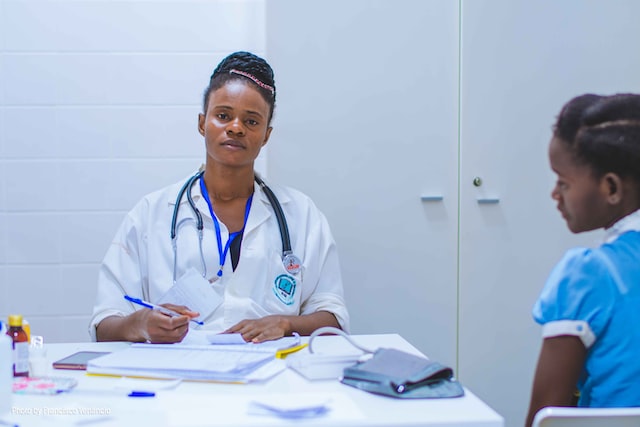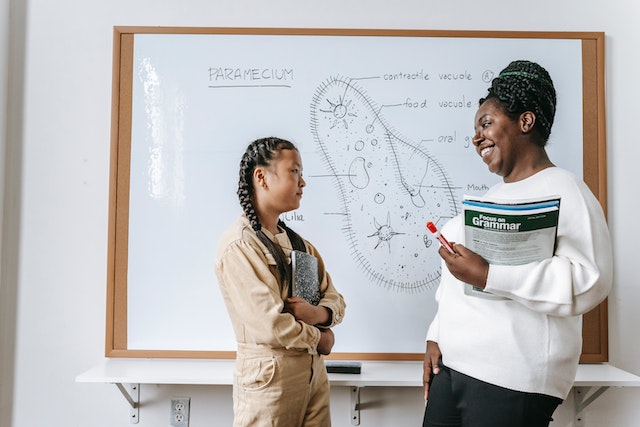MEANING
We get to know about a person or a thing through a verb as it is the most essential part of a sentence. The word ‘verb’ comes from the Latin word called ‘Verbum’.
TYPES
- Linking verbs
- Transitive verbs
- Intransitive verbs
- Ambitransitive verbs
Every verb consist of a subject such as a person or a thing which does the action. The biggest difference between a linking, transitive and intransitive verb is whether there is a presence of an object or not.
LINKING VERBS
Linking verbs do not have an object. Linking verbs help two parts of a sentence to connect. We link the subject to a noun or an adjective. In a simple way, consider linking verbs like mathematical equal signs (=).
For eg:
Keith is a doctor
In this sentence, The message says ‘Keith=doctor’.
Linking verbs will be useless if they are used alone. To complete a sentence, the linking verbs will need a ‘subject complement’ to complete the meaning of the sentence. Linking verbs will always be active and they are also called “copula verbs”.
TRANSITIVE VERBS
Transitive verbs will always have an object whose actions will be transformed from the subject to the object. Transitive verbs can function as active or passive. There are transitive verbs with one object and there are transitive verbs with two objects. On the other hand, Monotransitive verbs will only have a single object. On the contrary, ditransitive verbs will have two objects: direct object and indirect object.
INTRANSITIVE VERBS
There will be no object in intransitive verbs. Very often, the intransitive verbs make sense when they are used alone. Note that intransitive verbs will have to be active.
For eg:
- She lives in New York.
- Tell your friend to stop talking now.
- Are your dogs barking?
- The situation hasn’t improved.
- She died a long time after the heart attack.
AMBITRANSITIVE VERBS
Depending on the context, several verbs can be used in the transitive way or the intransitive way and we call them “ambitransitive verbs.”
- He drinks at night. (intransitive)
- He is reading a novel. (monotransitive)
- He wrote Henry the letter. (ditransitive)
THE INFINITIVE
The BASE of the verb which is preceded by the word ‘to’ is called as the Infinitive but ‘to’ is not an essential part of the infinitive. We use the Infinitive without the word ‘to’ after verbs like will, would, shall, should, may, might, can, could, and must.
We use the Infinitive to qualify a verb, an adjective, a noun, and also a sentence. An Infinitive can be active or passive.
VERBS OF INCOMPLETE PREDICATION
Usually, the Verbs of Incomplete Predication denote the idea of seeming, becoming, being, etc.
For example:
- The child plays.
- The child seems to be playing.
In both of the given sentences, there are Intransitive Verbs present.
However, The sentence will make sense if it is “The child plays.”
But, “The child seems” will not make complete sense.
For an intransitive verb to make complete sense, it is important for it to have a word. (e.g ‘play’). We call these kinds of verbs as Verbs of Incomplete Predication.
20 Verb Patterns
- Subject + Verb
- Subject + Verb + Subject Complement
- Subject + Verb + Direct Object
- Subject + Verb + Indirect Object + Direct Object
- Subject + Verb + Direct Object + prepositional object
- Subject + Verb + Noun/Pronoun + Adjective
- Subject + Verb + Preposition + Prepositional Object
- Subject + Verb + to-Infinitive
- Subject + Verb + Noun/Pronoun + to-Infinitive
- Subject + Verb + Gerund
- Subject + verb + Noun/Pronoun + Present Participle
- Subject + Verb + Noun/Pronoun + Plain infinitive
- Subject + Verb + Noun/Pronoun + Past Participle
- Subject + Verb + Noun/Pronoun + (to be +) Complement
- Subject + Verb + that-clause
- Subject + Verb + Noun/Pronoun + that-clause
- Subject + verb + Interrogative + clause
- Subject + Verb + Noun/Pronoun + Interrogative + Clause
- Subject + Verb + Interrogative + to-Infinitive
- Subject + verb + Noun/Pronoun + Interrogative + to-infinitive
LEARNING VERBS WITH THE HELP OF V1, V2 AND V3
V1, V1, and V3 stand for Verb 1, Verb 2, and Verb 3. Learning verbs through this type is usually done by school students as it helps them to understand in a simple manner.
V1 stands for the Base form
V2 stands for Past Simple
V3 stands for Past Participle
| BASE FORM (V1) | PAST SIMPLE (V2) | PAST PARTICIPLE (V3) |
| Bite | Bit | Bitten |
| Bring | Brought | Brought |
| Dig | Dug | Dug |
| Drive | Drove | Driven |
| Grow | Grew | Grown |
| Have | Had | Had |















